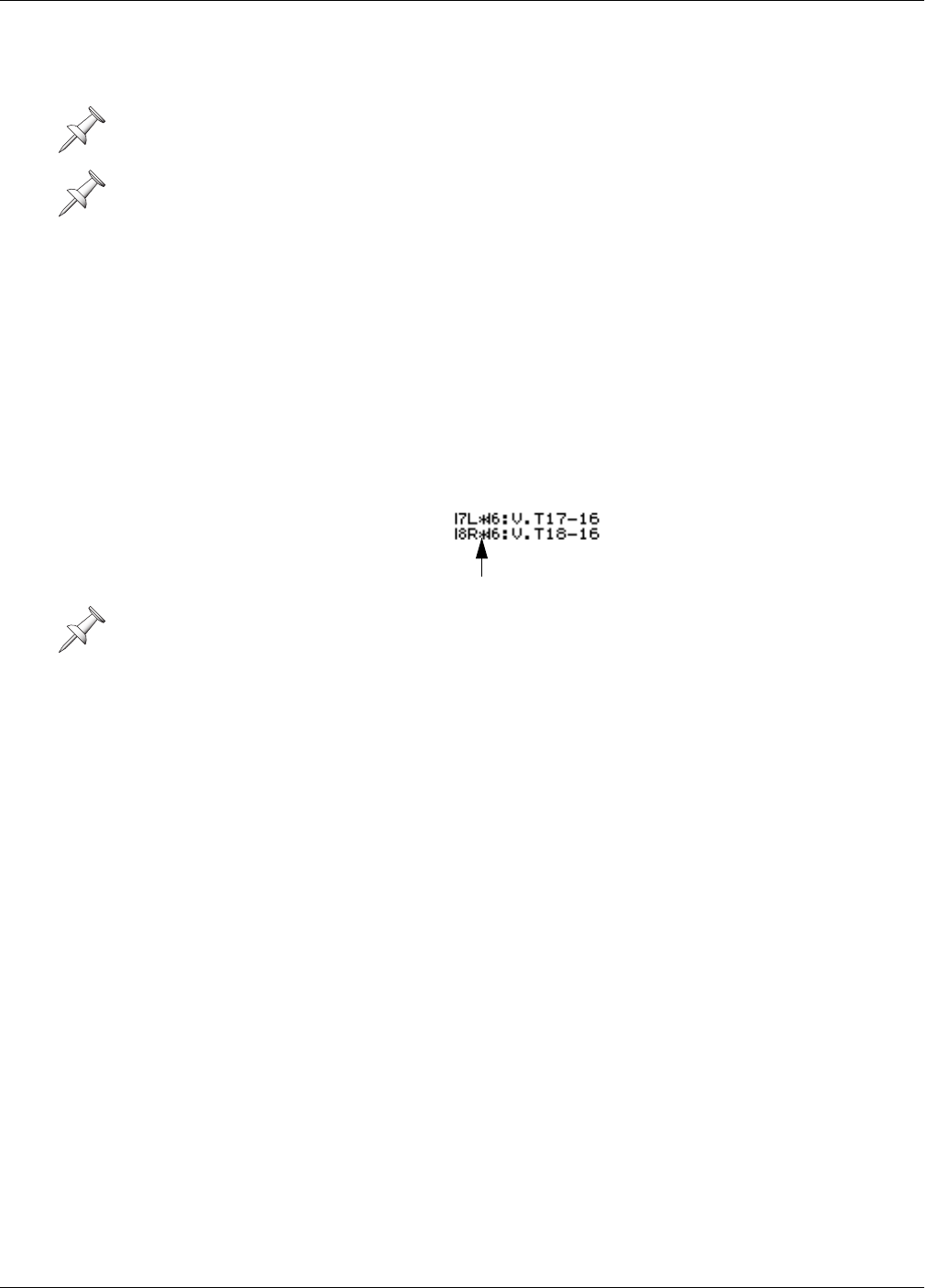
27—Mastering and CD-R/RW Operations
Roland VS-2480 Owner’s Manual www.rolandus.com 341
hard drive. It’s this stereo file that actually gets written onto the CD. A disk image file
can be as large as 700MB depending on how much audio you’re packing onto a CD.
There are two times during the mastering process at which you can create a disk image
file. You can:
•
record your mastering tracks using the CDR recording mode
—This records your
mastering tracks as a disk-image file. When you save the project, the file is saved
with it. If you want to create additional audio CDs at a later time, when you load the
project, the disk image file loads as well, ready for burning.
•
create a temporary disk image on the fly as you burn a CD
—The VS-2480 can create a
temporary disk image file as you burn an audio CD if your mastering tracks weren’t
recorded using CDR mode. This takes a bit longer. In addition, as soon as you’re
done burning CDs, the temporary disk image is discarded. If you want to burn
more CDs at a later date, the VS-2480 has to create another temporary disk image.
Multi-Project Compilation CDs
Many VS-2480 users treat each song—or other type of audio creation—as a separate
project. When you want to create a CD from multiple projects, you’ve got to bring all of
the audio from those projects together onto a single pair of mastering tracks. There are
a few ways to do this.
Imported Mastering Tracks
Probably the best method is to mix and master each project separately using the CDR
recording mode, and then use Region IMPORT (Page 269) to import all of their
mastering tracks into a single CDR-mode compilation project. You can then do either of
two things. You can:
•
edit them into the desired order
—Each imported set of mastering tracks appears as a
pair of phrases in the playlist. It’s a simple matter to use phrase editing to copy
them all to the same pair of tracks and move them into the desired positions with
the desired spacing between each pair of phrases. The compilation project thus
presents the contents of the audio CD from start-to-finish on the same pair of
tracks. By investing some editing time, you can create an edited set of CDR-
recorded tracks that can be burned immediately onto an audio CD.
•
master them one-by-one
—You can place the imported mastering tracks on any
V-Tracks you want, and then build a new CDR-mode mastering track selection-by-
selection (see “Building Mastering Tracks Selection-by-Selection” on Page 344).
This method requires less editing time, but means that you have to re-master all of
your elements.
The disk image file can be stored only on the VS-2480’s internal hard drive. A VS-2480
without an internal hard drive, therefore, can’t burn an audio CD.
The VS-2480 can use any free space on your hard drive for creating a CD disk image—
the free space doesn’t have to be in the currently selected drive partition.
If an entire project is recorded in CDR mode—so each of its audio files is a disk image
file—you can burn any pair of its tracks to an audio CD without using the Mastering
Room’s tools.
You can always spot
a CDR-recorded
track by the asterisk
in its name.
CDR-recorded audio
is always stereo.
VS2480OMUS.book 341 ページ 2006年2月7日 火曜日 午後4時16分


















